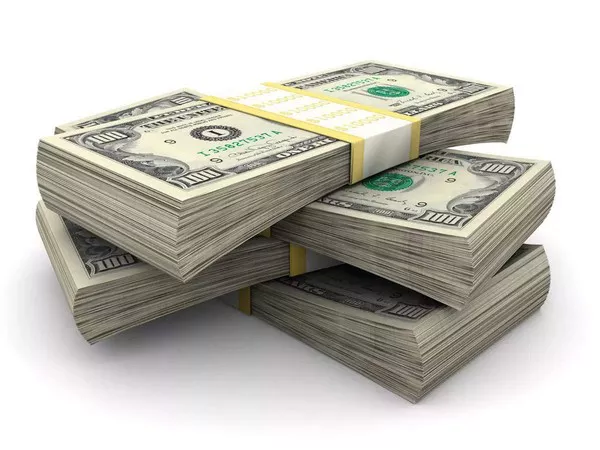Understanding the basics of currency denominations is a foundational skill in personal finance and a crucial aspect of everyday commerce. In the United States, the dollar is the primary unit of currency. However, when it comes to managing finances, knowing the subunits of a dollar, such as cents, is equally essential. In this article, we will explore the fundamental concept of how many cents make up one dollar and why this knowledge is relevant in various financial contexts.
The Decimal System: Cents and Dollars
The United States utilizes a decimal system for its currency, meaning that the dollar is divided into smaller units based on powers of ten. The two primary subunits of the U.S. dollar are cents and mills, with the former being the most commonly used. Here’s how the decimal currency system works:
Dollar: The highest unit in the system is the dollar itself. When we refer to an amount in dollars, we are talking about whole units of currency. For example, $5.00 signifies five dollars.
Cents: Cents are the next smaller unit of the dollar. One dollar is equivalent to 100 cents, making the cent the fundamental fractional currency unit. To represent an amount in cents, we use a cent sign (¢). For instance, 50¢ signifies fifty cents.
Mills: While less common, mills are an even smaller unit of currency, with one dollar being equivalent to 1,000 mills. Mills are not typically used in everyday transactions but are relevant in some financial contexts.
How Many Cents in One Dollar?
To answer the core question of this article: there are 100 cents in one dollar. The ratio of cents to dollars is 100:1. This relationship is an integral part of the U.S. monetary system and is crucial for calculating prices, making change, and managing personal finances.
Why Understanding Cents in a Dollar Matters
Financial Transactions: Whether you’re shopping for groceries, paying utility bills, or budgeting for your monthly expenses, you’ll frequently encounter prices expressed in dollars and cents. Understanding that there are 100 cents in one dollar is essential for accurate financial planning and transactions.
Budgeting and Saving: When creating a budget or setting savings goals, knowing the relationship between dollars and cents is vital. It enables you to allocate and manage your funds effectively.
Investment and Interest: Interest rates on savings accounts, loans, or investments are often expressed as annual percentages, which can be converted into dollars and cents to understand the real financial impact.
Currency Conversion: If you travel internationally or engage in foreign exchange, you’ll need to convert between different currencies, often involving fractions of a dollar. An understanding of cents in a dollar is valuable in these situations.
Business and Commerce: For businesses, pricing products, calculating profits, and managing cash registers all rely on a clear understanding of the decimal currency system.
Education: Teaching children about the value and concept of money often begins with counting cents and dollars. This knowledge is an important part of financial literacy education.
Visual Representation of Cents in One Dollar
To further illustrate the concept of cents in a dollar, consider the following visual representations:
1 Dollar in Cents: When you have a single one-dollar bill, you essentially have 100 cents. This is a simple, one-to-one relationship.
Multiple Dollars: If you have multiple dollar bills, such as three one-dollar bills, you have three dollars, which is equivalent to 300 cents (3 x 100).
Partial Dollars: When dealing with less than a full dollar, such as $2.50, it’s helpful to know that the 50 cents in this example represents half of a dollar.
Calculating with Cents and Dollars
Being able to calculate with cents and dollars is a practical skill. Here are a few common calculations you might encounter:
Addition and Subtraction: Adding or subtracting amounts in dollars and cents is straightforward. For example, to find the sum of $3.75 and $1.25, you add the dollars and cents separately: $3.00 + $1.00 = $4.00, and 75¢ + 25¢ = 100¢ (or $1.00), for a total of $5.00.
Multiplication and Division: You can multiply and divide amounts involving cents and dollars in the same way you would with any other numbers. For instance, to calculate 25% of $80.00, you find $80.00 x 0.25, which equals $20.00.
Percentage Calculations: Percentages can be used to express portions of dollars and cents. If you receive a 10% discount on a $50.00 item, you save $5.00, or 500 cents.
Conclusion
The concept of how many cents are in one dollar is a fundamental aspect of the U.S. monetary system and is integral to various financial transactions and calculations. Whether you’re budgeting, shopping, investing, or simply counting change, understanding that there are 100 cents in one dollar is essential for effective financial management. This knowledge forms the basis of everyday commerce and is a critical component of financial literacy, ensuring you can confidently navigate the world of personal finance.


